Flawed visual method comes to light amid early findings over cause of Washington air crash
The helicopter failed to ‘see and avoid’ the American Airlines plane, findings indicate, marking the first significant commercial jet crash in the US for 16 years.
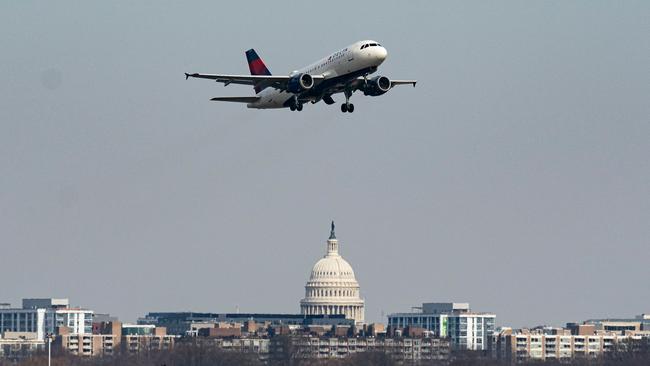
A failure by pilots to perform the time-honoured method of “seeing and avoiding” other aircraft appears to lie behind the Washington crash, air traffic and data recordings show.
The pilots of the military UH-60 Black Hawk helicopter had confirmed to controllers that they had visually identified the American Airlines jet as they crossed its path and were avoiding it. But they may have identified the wrong approaching airliner, according to initial speculation among pilots.
There will also be scrutiny of the performance of air controllers, whose low staffing across the US has raised concern, and of the crowded airspace around Ronald Reagan Washington National Airport, known as DCA, which is only 5km from the White House. Ultra-tight security means its runways have challenging approaches.
Radio recordings show that the tower controller was handling a stream of airliners making the tricky curving approach from the southeast when he told the crew of the UH-60 Black Hawk helicopter to look out for the American Airlines jet that was about to cross its path.
He had cleared the Canadair Regional Jet (CRJ) to make a “visual” landing on the northwest-facing runway 33 after its crew accepted his request to change from runway 01, facing north-northeast. The visual procedure, required for the DCA runway, contrasts with the more automated instrument approaches usually made by airliners.
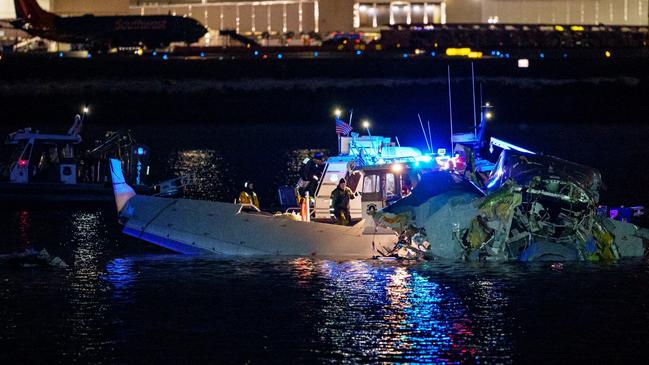
Flying south on a training flight along the Potomac River’s crowded low-level helicopter corridor, the Black Hawk pilots, using the callsign PAT 25, said they had the “CRJ in sight”. The controller responded: “Pass behind the CRJ”. Converging at near right angles, the helicopter and plane collided seconds later.
Juan Browne, an American airline pilot with an influential YouTube channel, said: “For whatever reason the helicopter did not see and avoid the CRJ as he was directed to do by [the air traffic controller] and ran straight into it. The CRJ was on a stable approach exactly where it was supposed to be and doing what it was supposed to be doing.”
President Trump has wondered on social media how technology and controllers could not keep aircraft apart on a clear night. “Why didn’t the control tower tell the helicopter what to do instead of asking if they saw the plane?” he asked.
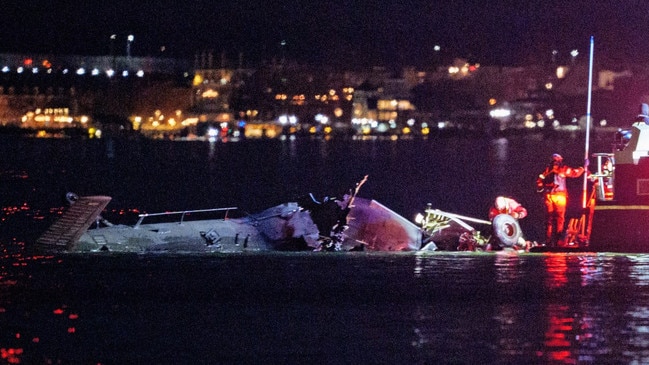
The Black Hawk is packed with the latest technology and all but the smallest civilian aircraft in the US carry equipment to detect traffic but under the rules of the air, pilots flying “visually”, as both crews were doing, are ultimately responsible for spotting and avoiding each other.
Controllers alert aircraft to look out for traffic and point out the direction and height it is coming from. They can order a heading to avoid it but, according to the recordings, they did not do so.
The flaws in the visual method have been known for decades. A plane’s powerful landing lights are not visible from the side or rear and at night it is extremely hard to pick out low aircraft amid a city’s bright lights. Aircraft on a collision course are the hardest to spot because they do not appear to move in the windshield. The lights that the helicopter crew were avoiding may have been those of another aircraft.
The traffic collision avoidance system (TCAS) on airliners is adjusted on the landing approach, partly to avoid distracting pilots.
The Potomac helicopter corridor lies below the normal “glidepath” to DCA’s runways. Investigators will determine whether the airliner may have dipped below the usual glidepath or if the helicopter breached its allotted ceiling.
Air traffic control services, run by the Federal Aviation Administration, will be closely examined after the first major commercial jet crash in the US for 16 years. An investigation by The New York Times in 2023 found that close calls in the air, mostly attributed to human error, were happening many times a week.
The Times


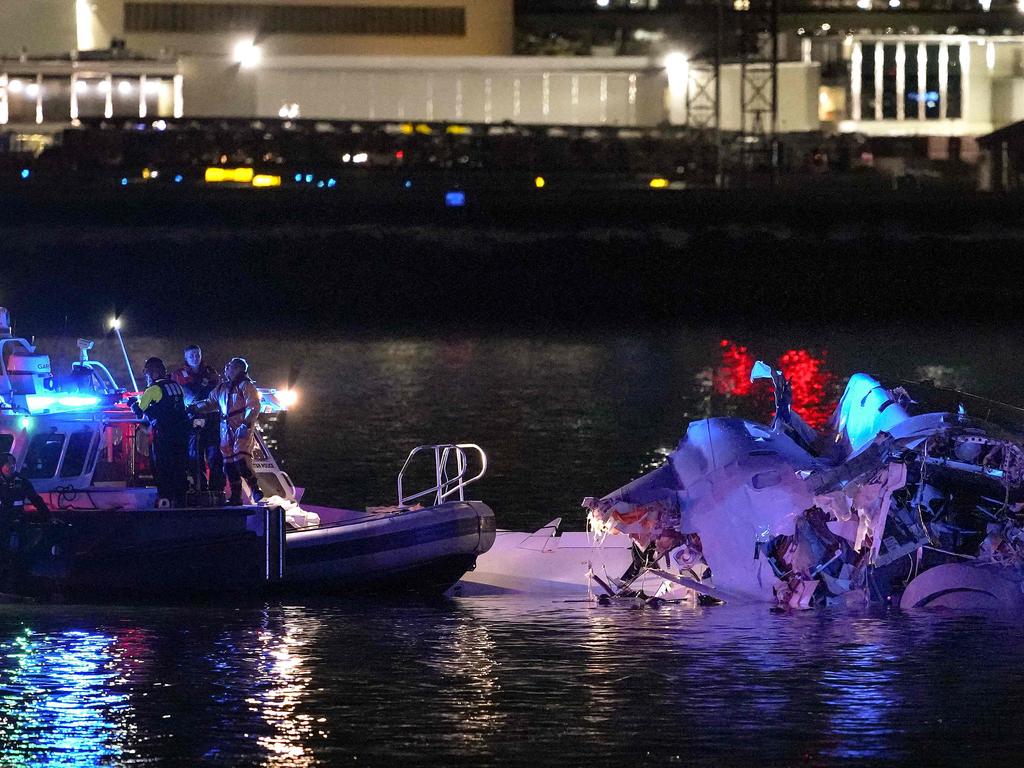
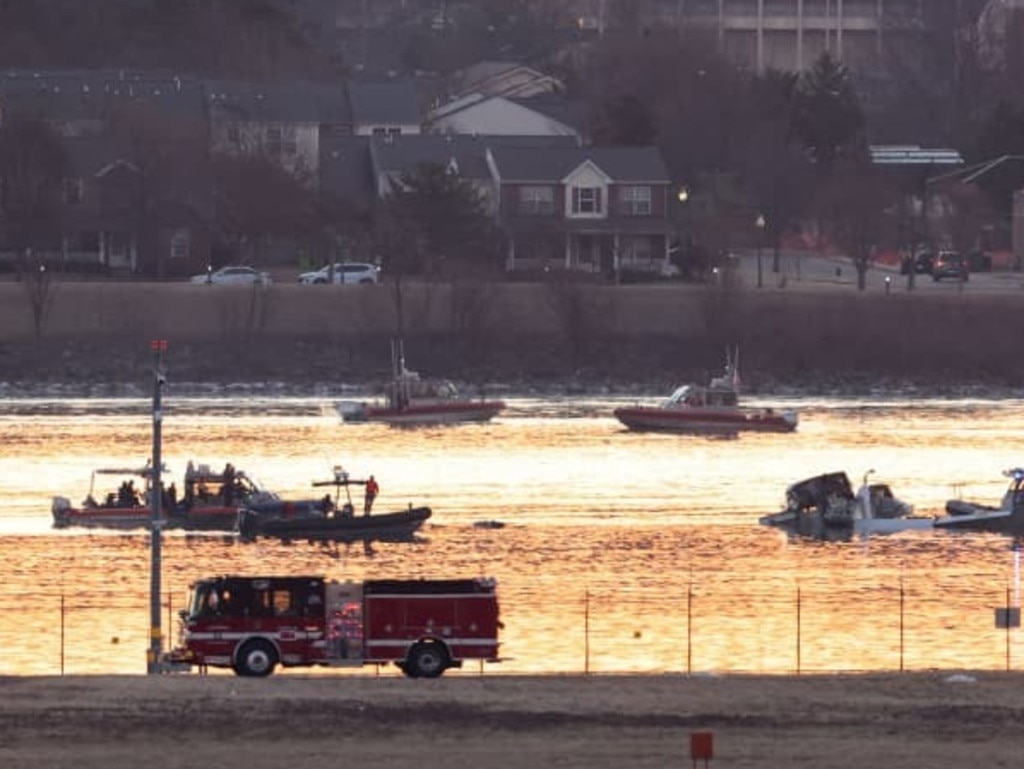


To join the conversation, please log in. Don't have an account? Register
Join the conversation, you are commenting as Logout